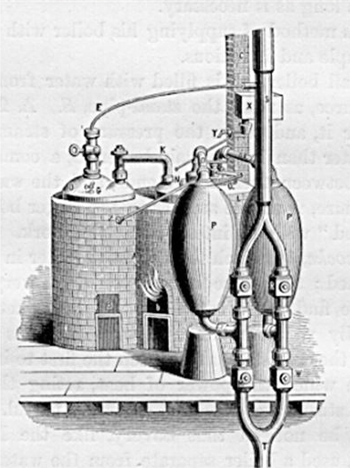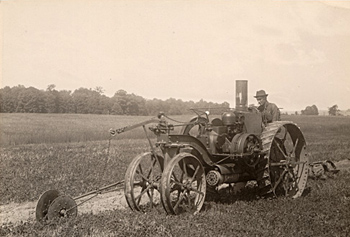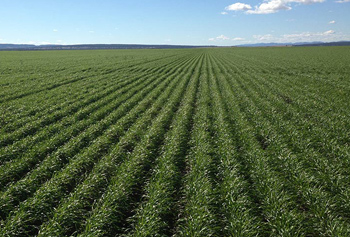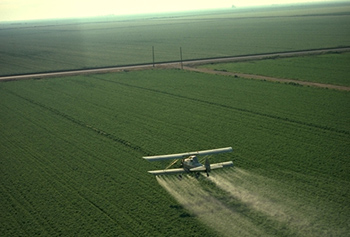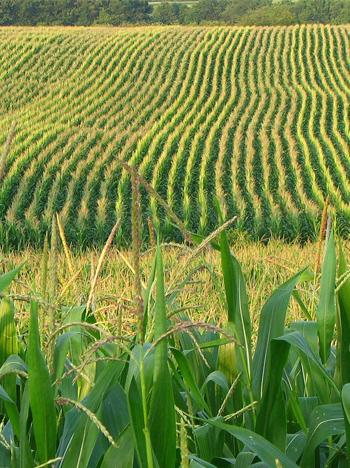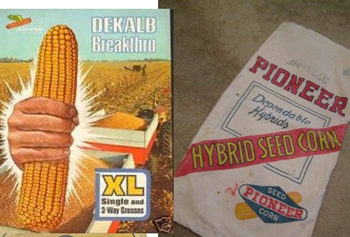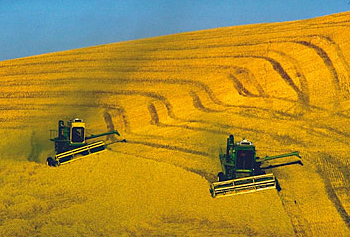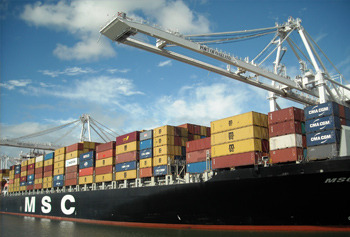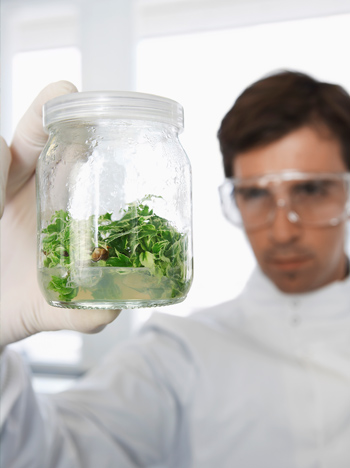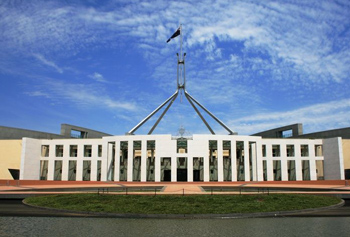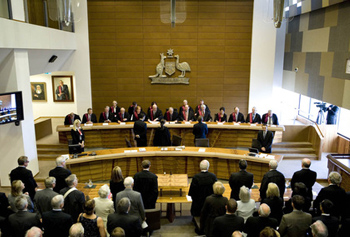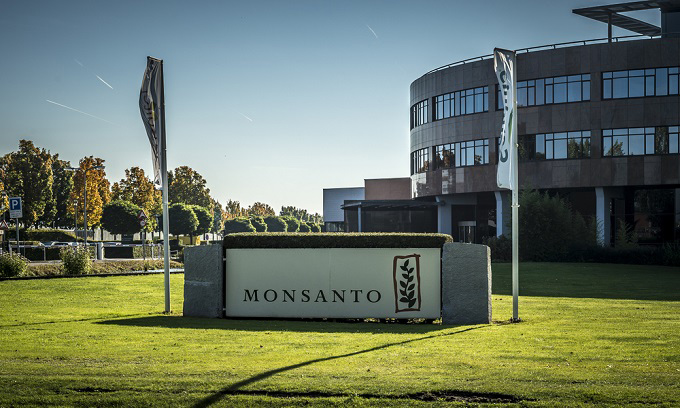Timeline.
A brief history of Global Agriculture
History of Global Agriculture

Prior to the 1900’s, our food security needs were met by traditional farming practices which had not changed for millennia. Those practices were founded on organic principles and included methods such as crop rotations and seed saving.
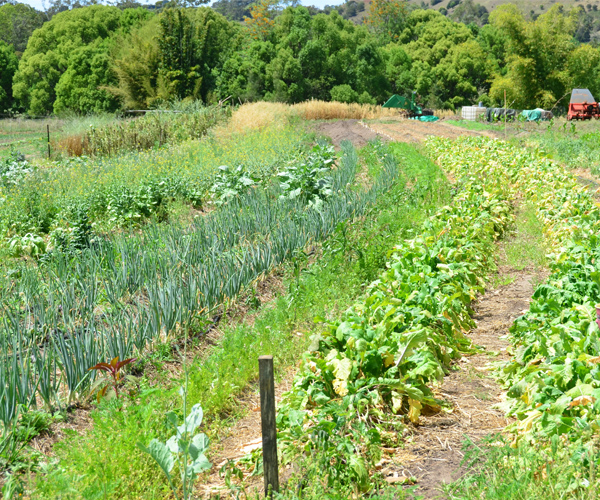
Since the 1900’s, the world began moving toward industrial scale farming practices. The focus became increasingly on chemically-based agriculture, factory farming, seed manipulation, patents and the globalisation and corporatisation of the seed and food chain. The legal system and governments also began to play significant roles in shaping the future of global agriculture.
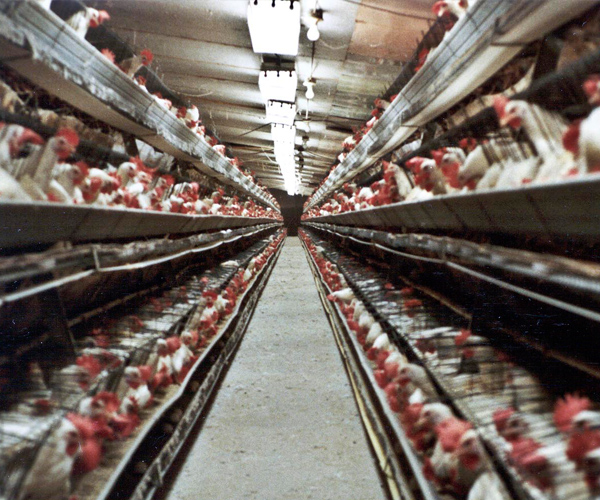
Perhaps it could be argued that there is no other human endeavour that has undergone such rapid and profound changes as global agriculture has over the last 100 years.
Since that first seed of wheat was collected and saved in Egypt thousands of years ago, subsequently introducing agriculture to the world to us as we know it today, humanity has essentially not changed its model for food security and food production.
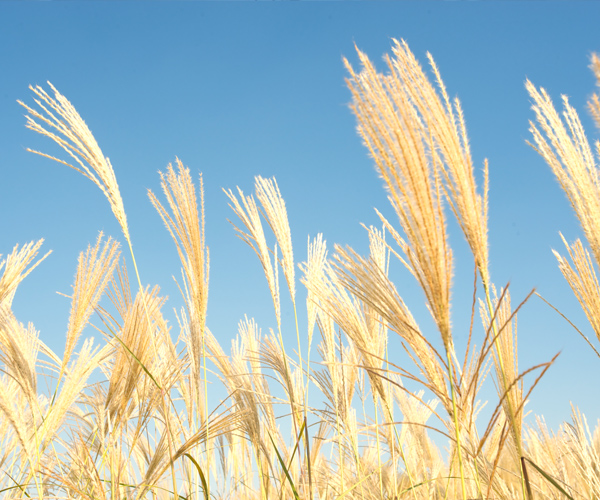


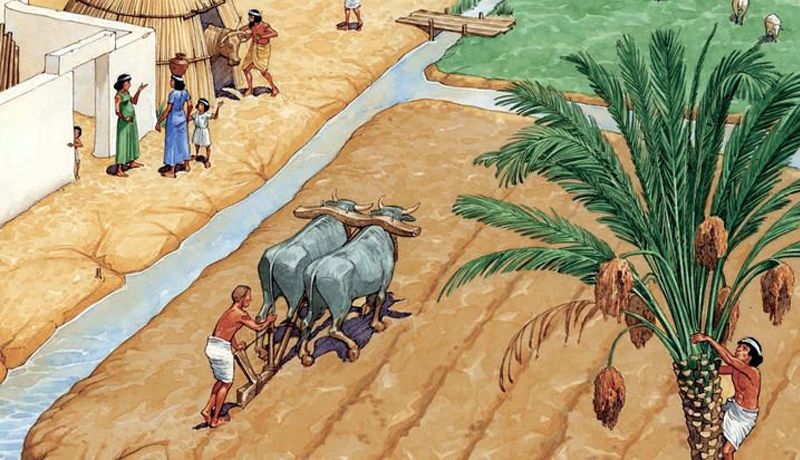 A farmer ploughing a paddock
A farmer ploughing a paddock